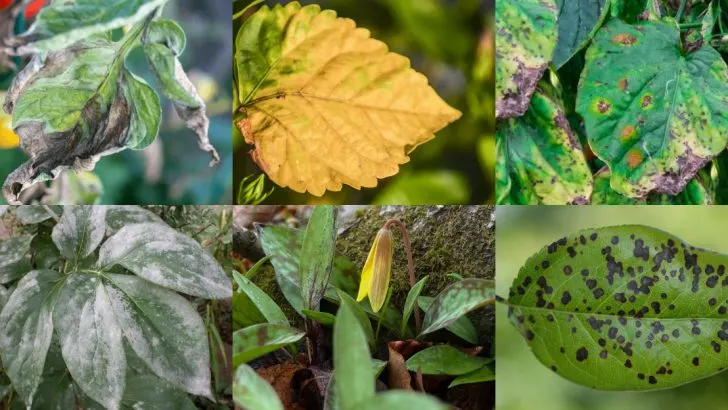Your diseased plant is a ticking time bomb! Spotted weird spots. Noticed strange wilting. Seen mold creeping up the stem? These are more than ugly flaws—they’re distress signals from a plant that’s lost the battle. Left alone, it can unleash pests and pathogens, hijack your soil, and drag down every healthy neighbor in sight. From oozing sap to funky odors and mysterious leaf drop, each red flag screams “evict me now!” No guilt trips here—sometimes the only way to save your garden’s future is a quick, clean break. Ready to play hero? We’ve rounded up 13 unmistakable signs that your plant has checked out. Grab your gloves, dig out that culprit, and watch your garden breathe a sigh of relief. Because in the war against disease, swift removal is your secret weapon.
Persistent Wilting
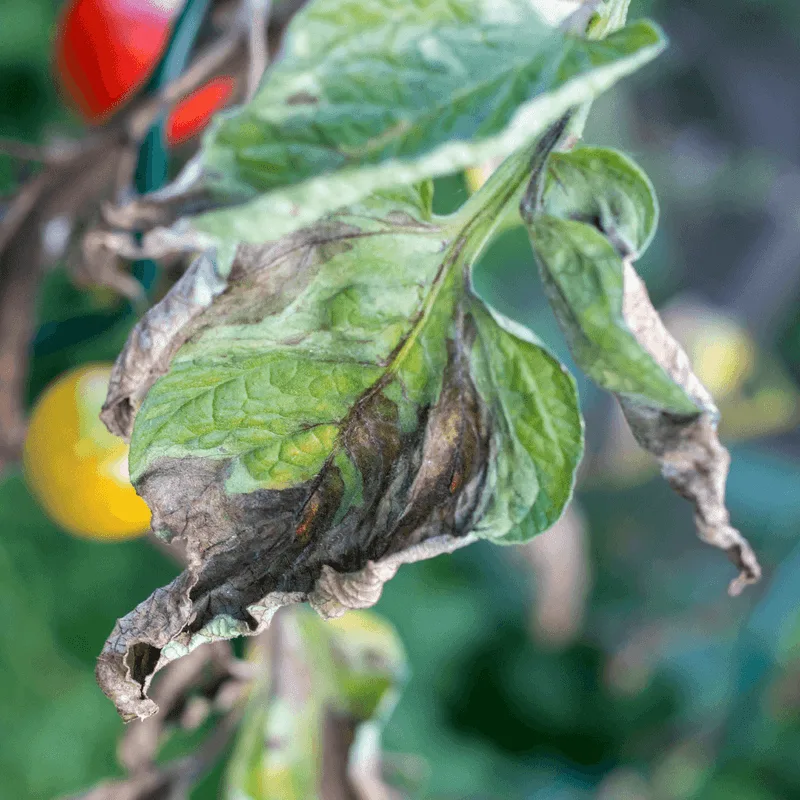
When a plant’s leaves droop stubbornly despite regular watering, it’s more than just a mood swing. This persistent wilting often signals a root issue, possibly due to root rot or a fungal infection. Check the soil; if it’s moist but the plant remains limp, the roots may no longer function properly.
Consider the plant’s overall health and location. Wilting can also result from environmental stress or inadequate nutrients. Yet, when wilt becomes a constant companion, it’s often an indicator that the plant has reached its tipping point and may need removal.
Uncover the roots if possible, and inspect them for signs of decay. Unfortunately, if the roots are mushy or smelly, the plant might not recover. Persistent wilting suggests a deeper problem that doesn’t resolve on its own.
Yellowing Leaves
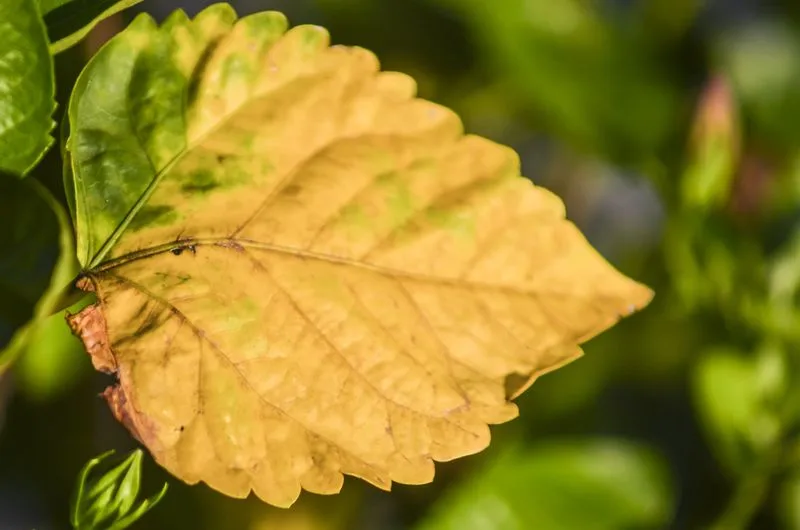
The appearance of yellow leaves is like nature’s warning sign. While a leaf may turn yellow when it’s old, widespread yellowing can signify trouble. It often points to nutrient deficiencies, poor drainage, or even viral infections.
Take note of the pattern. If the yellowing starts from the bottom and moves upward, nutrients might be lacking. However, if the yellow takes over quickly and erratically, a more serious issue is at play.
Sometimes, correcting the environment helps, but if the plant continues to lose its green vitality, it might be time to say goodbye and protect other plants from potential infection.
Blackened Stems
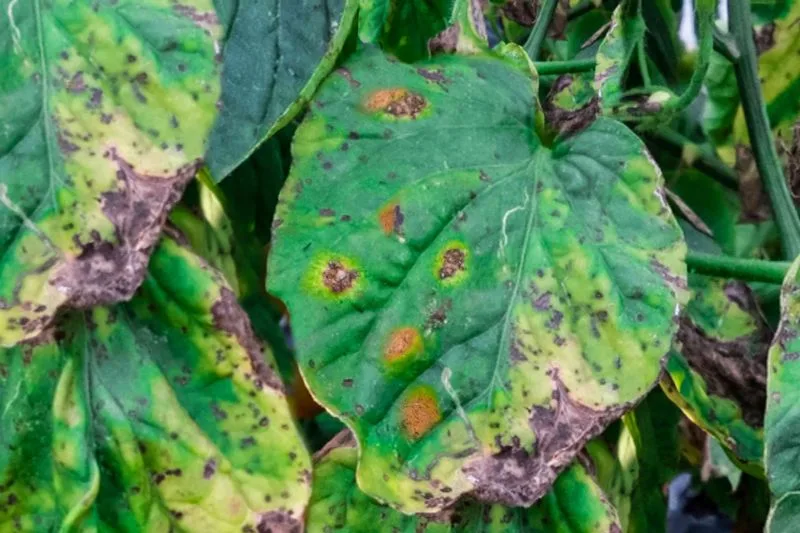
Blackened stems are the hushed whispers of a plant in distress. This symptom often indicates fungal or bacterial infections that have crept into the plant’s system. The darkened areas may appear wet or mushy, signaling the plant is breaking down internally.
When stems appear lifeless and brittle, the plant struggles to transport nutrients and water. Infections causing blackened stems are typically severe and difficult to treat.
If left unchecked, they can spread to surrounding plants. Removing the plant is often the safest option to prevent further damage. Identifying and addressing this sign early can save your garden from a cascading effect of plant loss.
Moldy Growth
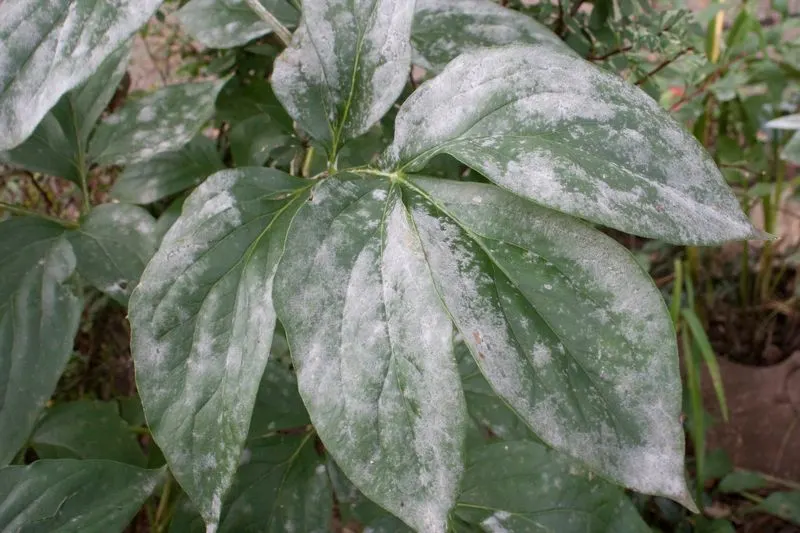
Mold isn’t just something to scrape off your leftovers; it’s a silent invader in gardens too. When moldy growth appears on a plant’s surface, it signals a fungal invasion. This often occurs in damp, humid conditions where air circulation is poor.
White, gray, or even black mold can suck the life out of a plant by blocking sunlight and disrupting photosynthesis. While trimming affected areas can provide temporary relief, mold often returns if conditions remain unchanged.
In many cases, once mold takes hold, the plant’s health declines rapidly. Replacing the plant and improving garden conditions can prevent future outbreaks.
Severe Pest Infestation
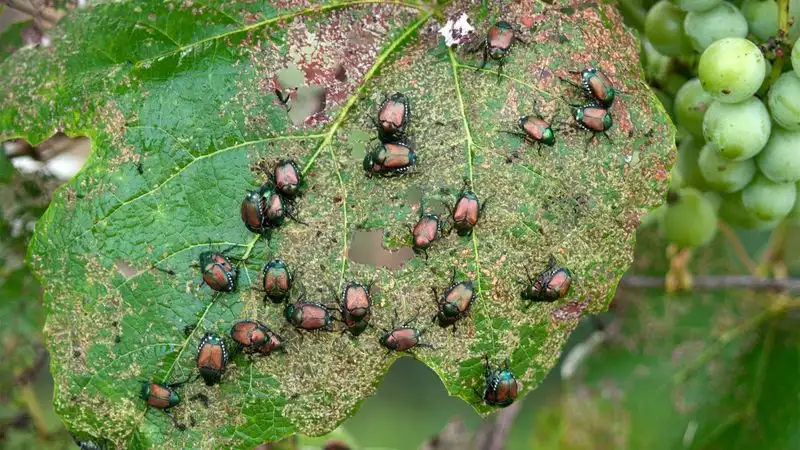
Severe infestations transform your plant into an all-you-can-eat buffet for pests. When pests like aphids, spider mites, or whiteflies swarm a plant, they drain its vitality, spreading disease and leaving destruction in their wake.
You may notice leaves turning yellow or sticky with honeydew, a sugary substance left by insects. While some infestations can be managed with natural predators or sprays, severe cases lead to plant decline.
If a plant becomes more of a pest hub than a vibrant focal point, it might be best to remove it. This prevents pests from migrating to healthier plants nearby.
Leaf Spotting
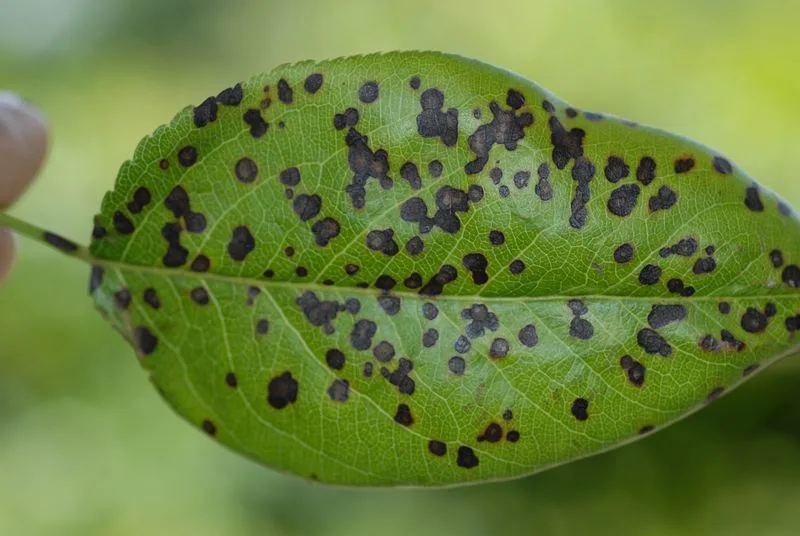
Spotting on leaves is like a mysterious rash, often caused by fungal or bacterial infections. These spots can be brown, black, or even red, usually surrounded by a yellow halo.
Spots may start small but can quickly cover a leaf, leading to premature dropping. Leaf spotting weakens plants, making them susceptible to further disease and pest attacks.
Sometimes, removing affected leaves can halt the spread, but if the spotting becomes widespread, the plant’s overall health is compromised. In such cases, removing the plant can protect other garden inhabitants from similar fates.
Stunted Growth
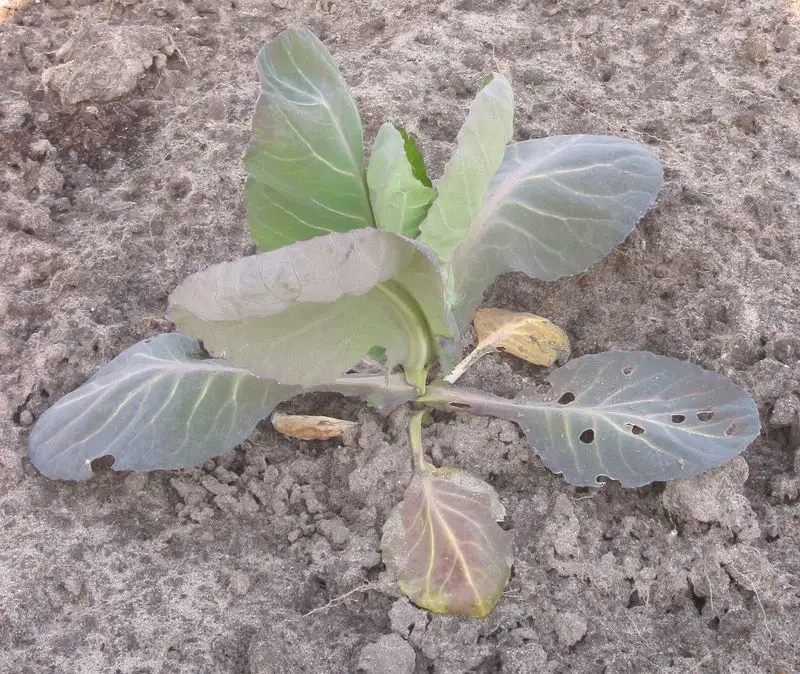
Nothing is more disheartening than a plant that refuses to thrive. Stunted growth is a red flag indicating underlying issues such as nutrient deficiencies, compacted soil, or root-bound pots.
Despite proper care, if a plant remains small and fails to flower or produce new growth, it may have internal blockages or diseases hindering its development.
A stunted plant can become a liability, consuming resources without contributing beauty or harvest. When growth stalls entirely, consider replacing it to make room for more vigorous neighbors.
Unpleasant Odor
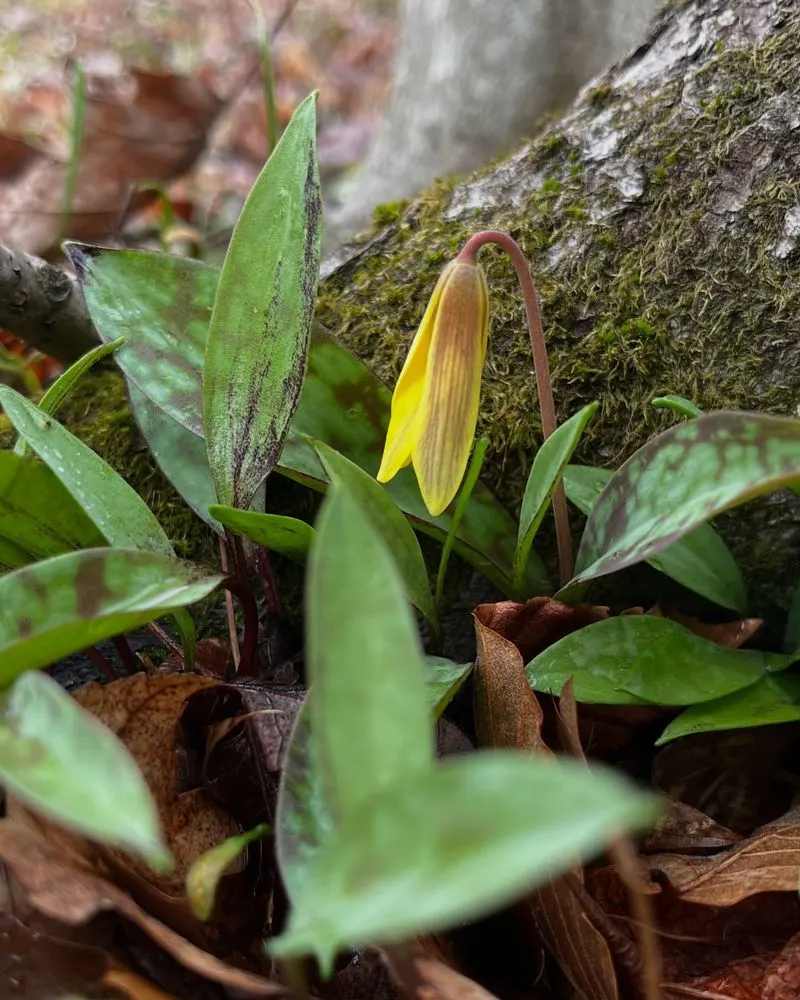
Plants typically bring fresh scents, but when an unpleasant odor emanates, something is amiss. Foul smells often indicate root rot or bacterial decay, turning the plant into a festering mass.
This odor signals that the plant is decomposing, often due to overwatering or poor drainage. The smell can attract pests, further threatening your garden.
Investigating the cause might save future plants. However, once the stench sets in, the plant is usually beyond saving. Removal prevents the spread of decay and helps maintain a pleasant garden environment.
No New Growth
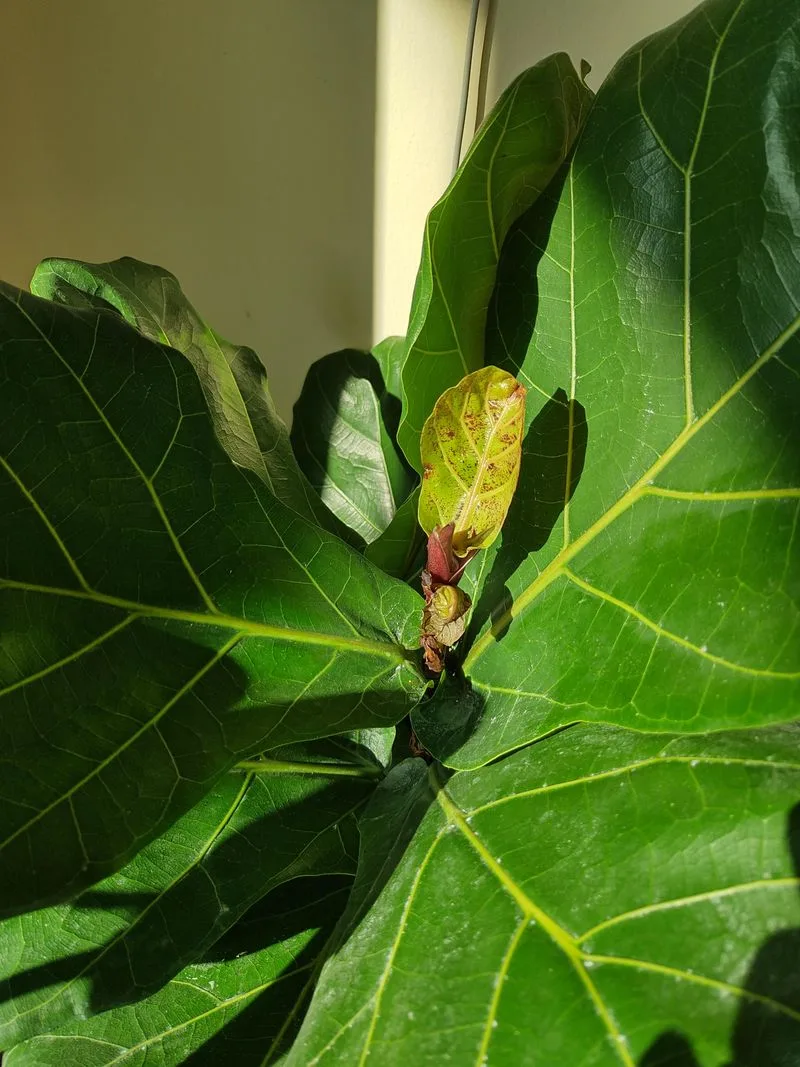
A plant stuck in time, showing no signs of new growth, hints at underlying health issues. This stagnation can result from inadequate light, poor soil, or disease.
When a plant lacks new leaves or flowers for an extended period, it’s a sign it’s not thriving. While tweaks to care routines may spark renewal, persistent dormancy suggests deeper problems.
In a lively garden, a static plant can become an eyesore. Replacing it with a healthier option ensures the vibrancy and dynamics of your garden continue to flourish.
Excessive Leaf Drop
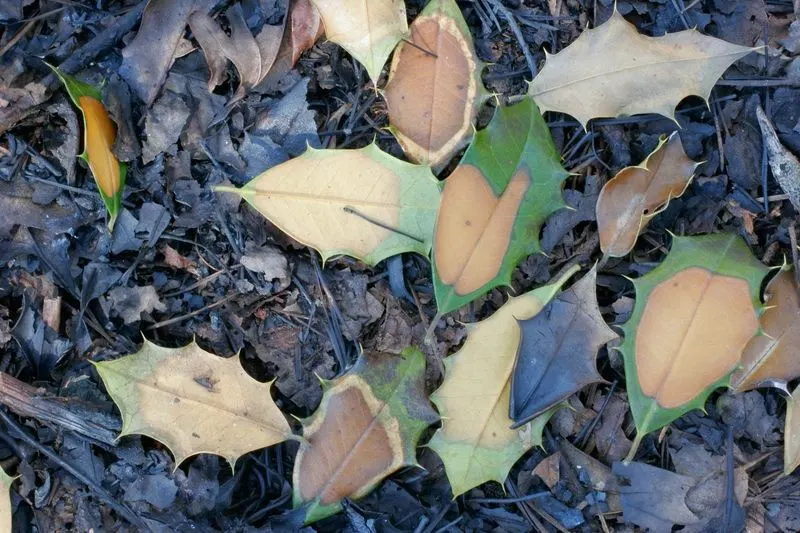
Leaf drop is natural in moderation, but when leaves constantly carpet the ground, a problem looms. Excessive leaf drop indicates stress, possibly from water issues, pests, or disease.
Aging leaves might fall, but when new growth also drops off, it’s a cry for help. Investigate watering habits, pest presence, and soil quality.
If adjustments don’t alleviate the issue, the plant’s health might be beyond repair. Excessive leaf shedding left unchecked can lead to a barren plant, making removal a practical choice for garden aesthetics and health.
Cracked or Peeling Bark
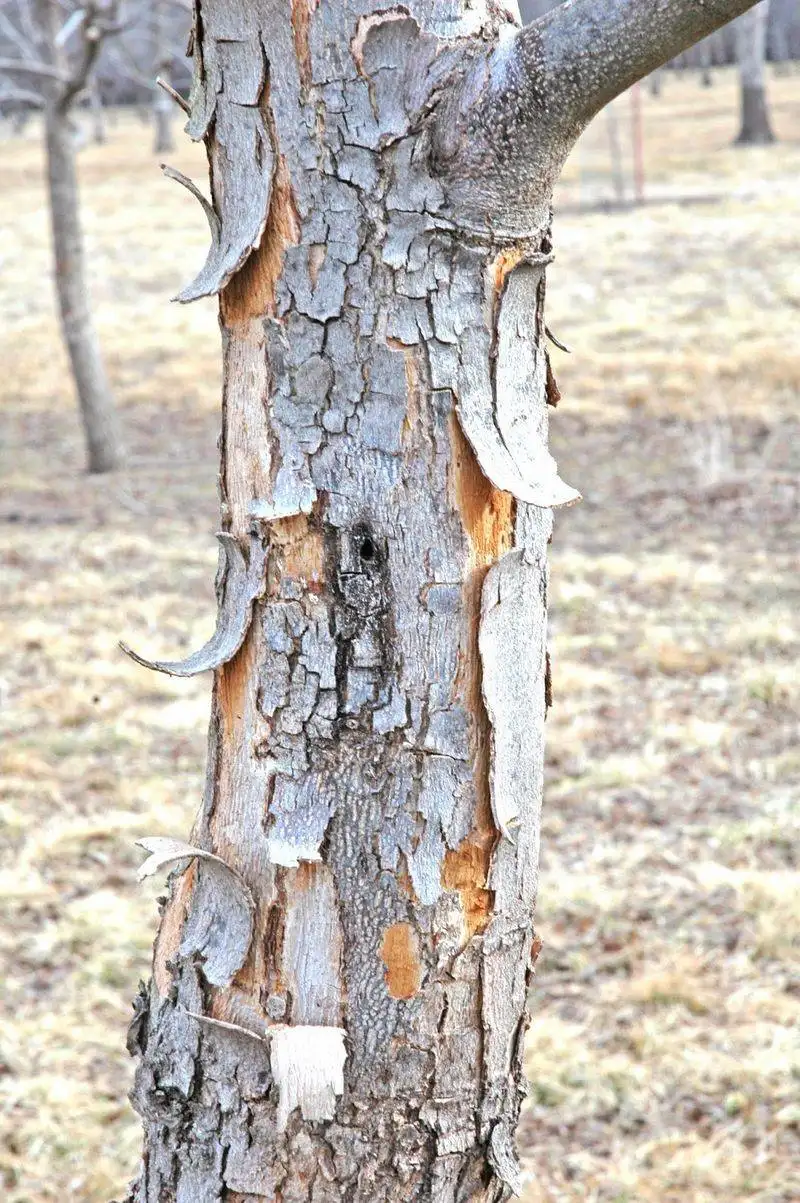
Cracked or peeling bark is akin to flaky skin, often a sign of distress in plants. This condition is typically caused by fungal diseases, environmental stress, or physical damage.
The bark acts as a protective layer, and its compromise can expose the plant to further infections. When you notice cracks, inspect for other symptoms such as wilting leaves or blackened stems.
If the damage is extensive, the plant may not recover, and removing it could be the best course of action to prevent the spread of disease to other plants.
Waterlogged Soil
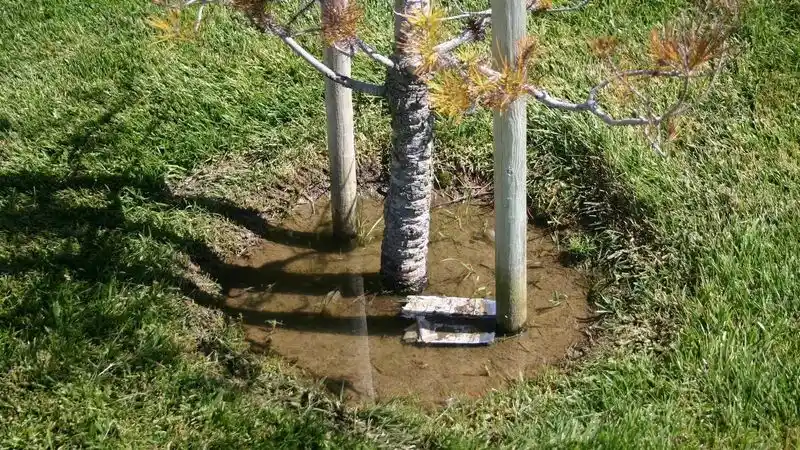
Waterlogged soil is a silent killer, drowning a plant’s roots and cutting off oxygen supply. Visual signs include wilting, yellowing leaves, and a general decline in plant vigor.
Despite its lifeline role, water in excess can suffocate roots, leading to root rot. Check drainage and soil composition to rectify the situation.
However, if the plant continues to decline despite improved conditions, it may already be too late. Waterlogged conditions often require plant removal to prevent further stress on the garden ecosystem.
Cankers or Lesions
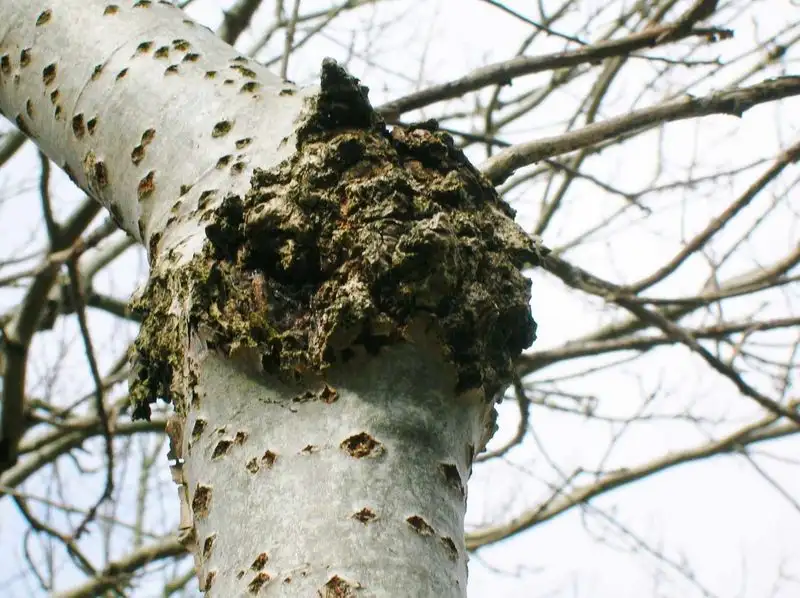
Cankers and lesions manifest as dark, sunken areas on stems or branches, marking the presence of disease. These blemishes can girdle the stem, disrupting nutrient flow and causing dieback.
Often caused by fungal or bacterial pathogens, cankers weaken the plant’s structure, making it susceptible to breakage and further infection.
Pruning affected areas can sometimes slow the spread, but extensive damage often means the plant is beyond saving. Removing infected plants prevents the pathogens from spreading and allows for healthier garden growth.

